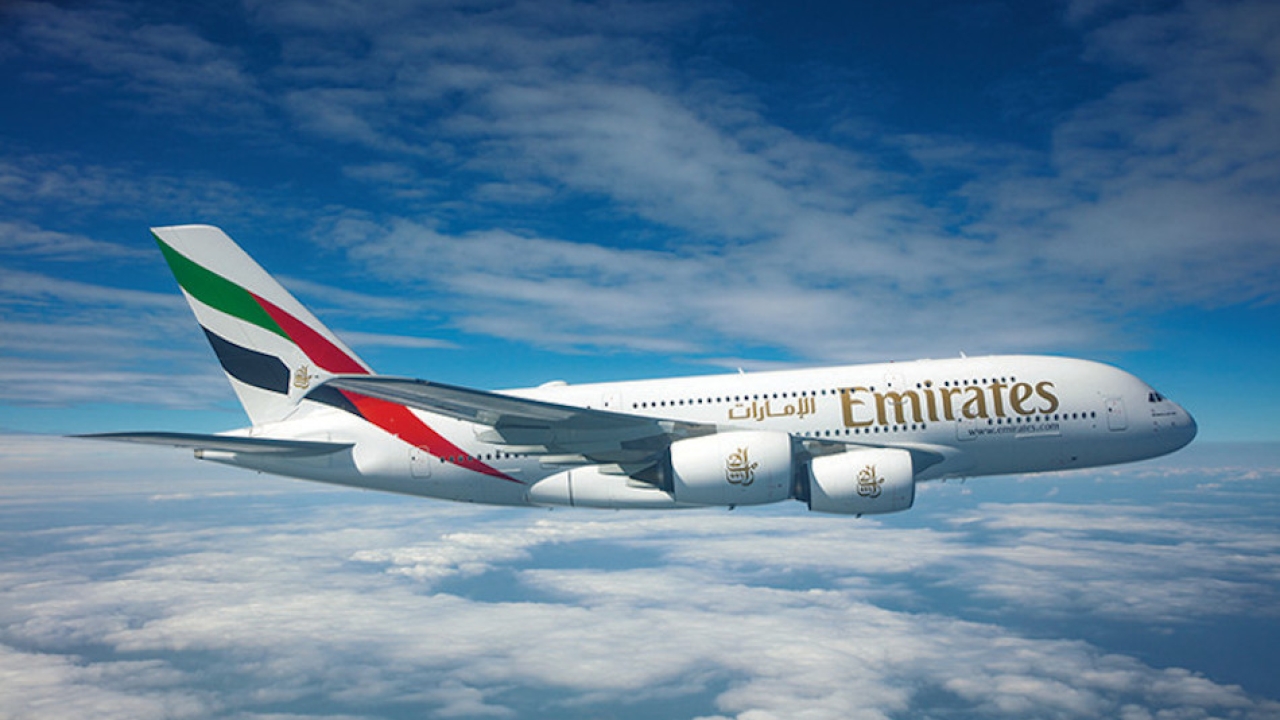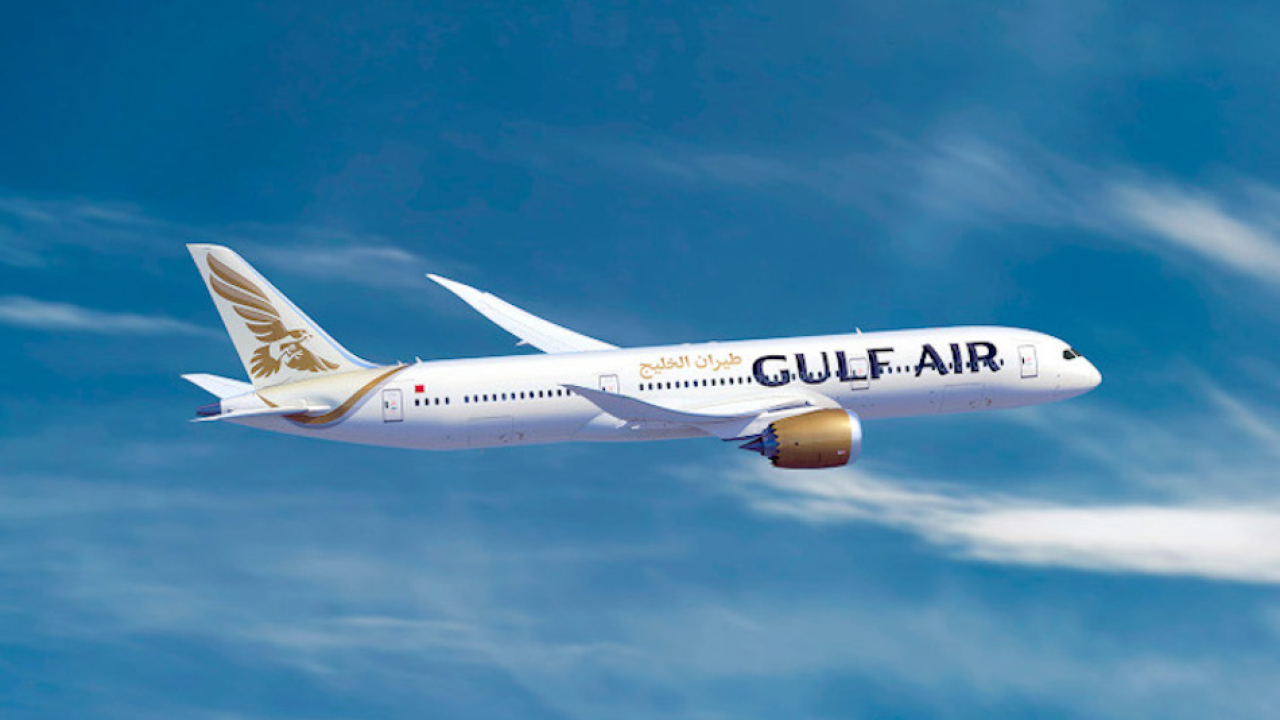Emirates and IATA chiefs criticise airports over summer chaos
Emirates chief Sir Tim Clark and IATA director General Willie Walsh have criticised airport operators including Heathrow for failing to adequately prepare for the sharp post-pandemic uptick in demand for air travel.

Image: Emirates Airlines
Speaking at the Airline Leaders Summit at Farnborough Airshow, Sir Tim said the disruption at the west London hub had been a “huge problem” for the Dubai-based carrier, which was forced to consider shifting one of its six daily A380 flights to Gatwick to comply with new Heathrow guidance restricting the number of passengers passing through the airport.
Sir Tim said that while other factors had played a part in the summer travel distribution, including European air traffic control constraints, Heathrow had been “caught short” and were “behind the curve”, having not accurately forecast the rebound in passenger numbers.
‘Irate’
Commenting on Heathrow’s call for Emirates to comply with capacity cuts, Sir Tim said: “I was pretty irate.”
Walsh went one further, calling the handling of disruption a “scandal”. He said: “There was no excuse for this. It should not be as bad as it is.”
The situation has calmed since tensions flared last week, and Sir Tim and the CEO of Heathrow Airport have held what they called a “constructive meeting”, with Emirates agreeing to work with the airport to remediate the situation over the next two weeks.
Heathrow CEO John Holland-Kaye said last week: “The global aviation industry is recovering from the pandemic, but the legacy of COVID continues to pose challenges for the entire sector as it rebuilds capacity. At Heathrow, we have seen 40 years of passenger growth in just four months. Despite this, we managed to get the vast majority of passengers away smoothly on their journeys through the Easter and half term peaks.”
A380 successor
Also at the Airline Leaders Summit, Sir Tim raised concerns about what he said was a lack of a successor to the Airbus A380, warning that Emirates’ relied on large wide-body jets but that OEMs appeared more focused on narrow-bodies.
He said focusing on aircraft like the Boeing 737 MAX “will suppress demand” versus development of new high capacity aircraft.
Stay up to date
Subscribe to the free Times Aerospace newsletter and receive the latest content every week. We'll never share your email address.

